Located about 120 miles from Tucson is Organ Pipe Cactus National Monument, located along 30 miles of the southern border of Arizona with Mexico. This is our second visit to the monument…If interested in our first visit in 2014, go to www.windsofdestiny-rvlife.blogspot.com/2014/12/organ-pipe-cactus-national-monument.html.
The Kris Eggle Visitor Center is named for a Border Patrol Officer killed in 2002 by drug smugglers. A memorial to honor her is located near the entrance.
Established in 1937 by FDR, the monument encompasses 516 square miles. In 1976 it was designated an International Biosphere Reserve by the United Nations. The namesake cactus, organ pipe, was named by early settlers due to their likeness to the instrument. Although common in Mexico, 95% of all organ pipe cacti in the United States are located here. In addition to the organ pipe cactus, there are 27 more cactus species found in the Sonoran Desert at the national monument. An informative video and various displays can be seen at the visitor center.
The Tohono O’odham people have lived in this area for centuries. Some of the pottery and baskets they made for food storage are on display. Mesquite trees were used for building structures and the beans (containing more protein than soy beans) were an important food source.
The short Visitor Center Trail has signs identifying the plant life. Below is an organ pipe and fishhook barrel, and saguaro cacti (as well as creosote bushes and cholla).
The organ pipe cactus blooms only at night and is pollinated by bats. The Ajo Mountains can be seen in the background.
The Quitobaquito pupfish is an endangered small fish that is found only here on the Organ Pipe National Monument in the US. There are also several nearby ponds in Mexico that have them.The park service is working to replenish the fish population here. Once considered a subspecies of the endangered desert pupfish, it is not considered a different species.
There are two scenic drives, Ajo Mountain (21 miles) and Puerto Blanco (41 miles). Both are dirt roads and high clearance vehicles are recommended for Puerto Blanco Drive. We picked up a map and headed to Ajo Mountain Drive.
The road crosses Sonoyta Valley and the Diablo Mountains, with many pull-outs along the scenic drive. The first photo (with John and our sweet girl, Sadie) gives you an idea of the size of the amazing organ pipe cactus.
Saguaro and organ pipe cactus happily co-habitat on the sunny southern slopes here.
Teddy Bear Pass features these chollas (check out nest of a cactus wren), staghorn cholla, and other plants of the Sonoran Desert.
Be sure to stop at Arch Canyon. Water and wind erosion continue to shape the landscape.
The blooms of the organ pipe cactus are done for the season, but here are some in their final stages.
We always enjoy visiting parts of the country with unique plant life. The desert views with the Ajo Mountains as a backdrop are gorgeous.
In case you are wondering, this is the place where Trump’s minions are blasting away to build his vanity wall. Fragile ecological resources as well as sacred burial grounds of the Tohono O’odham Nation are being destroyed. It is also where a portion of the wall already built blew over during high winds. No, a border wall does not solve anything. Build bridges not walls! Okay, I am done with my political rant for the moment.
There is no admission fee. If you are interested in additional information about this unique park, go to www.nps.gov/orpi.

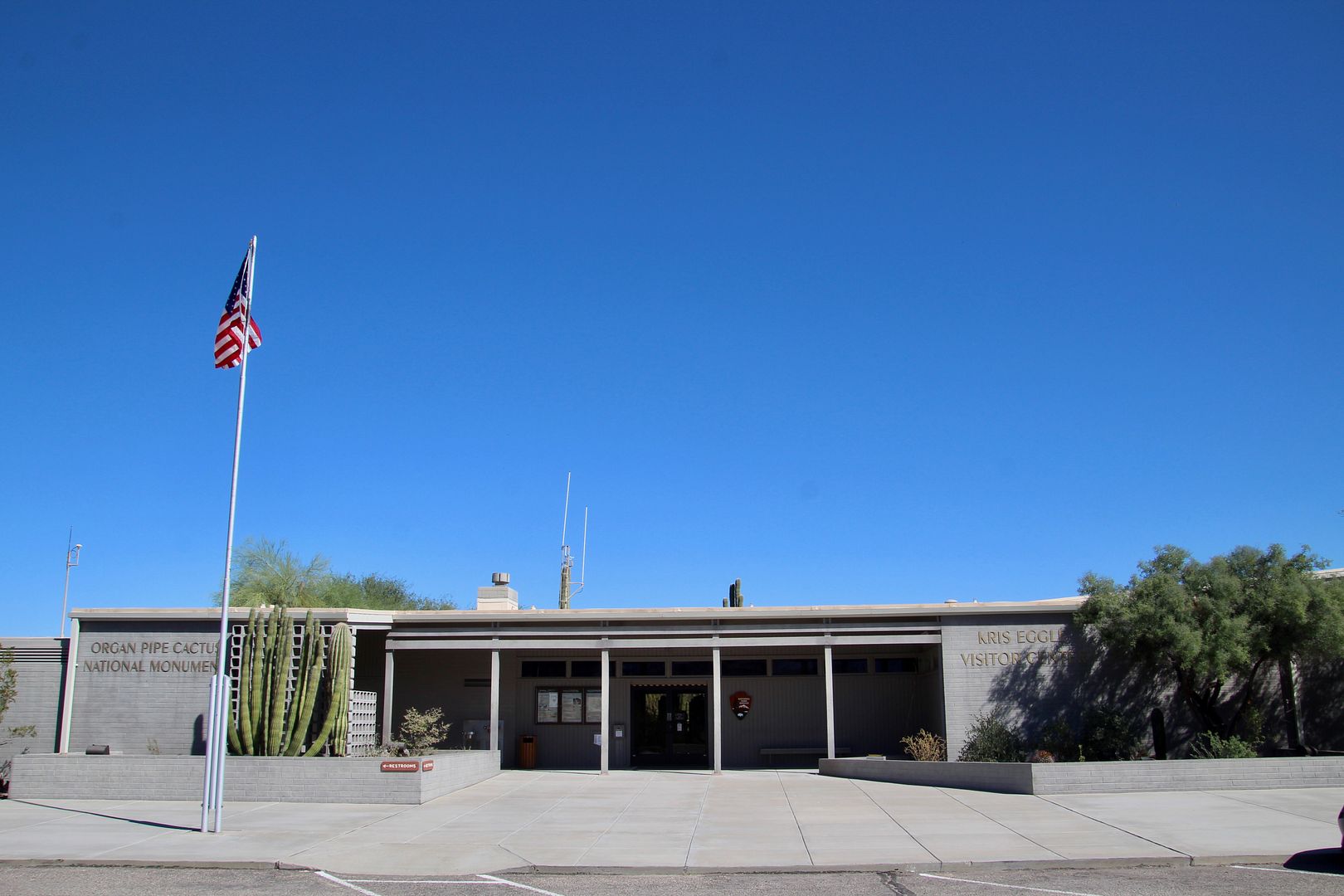

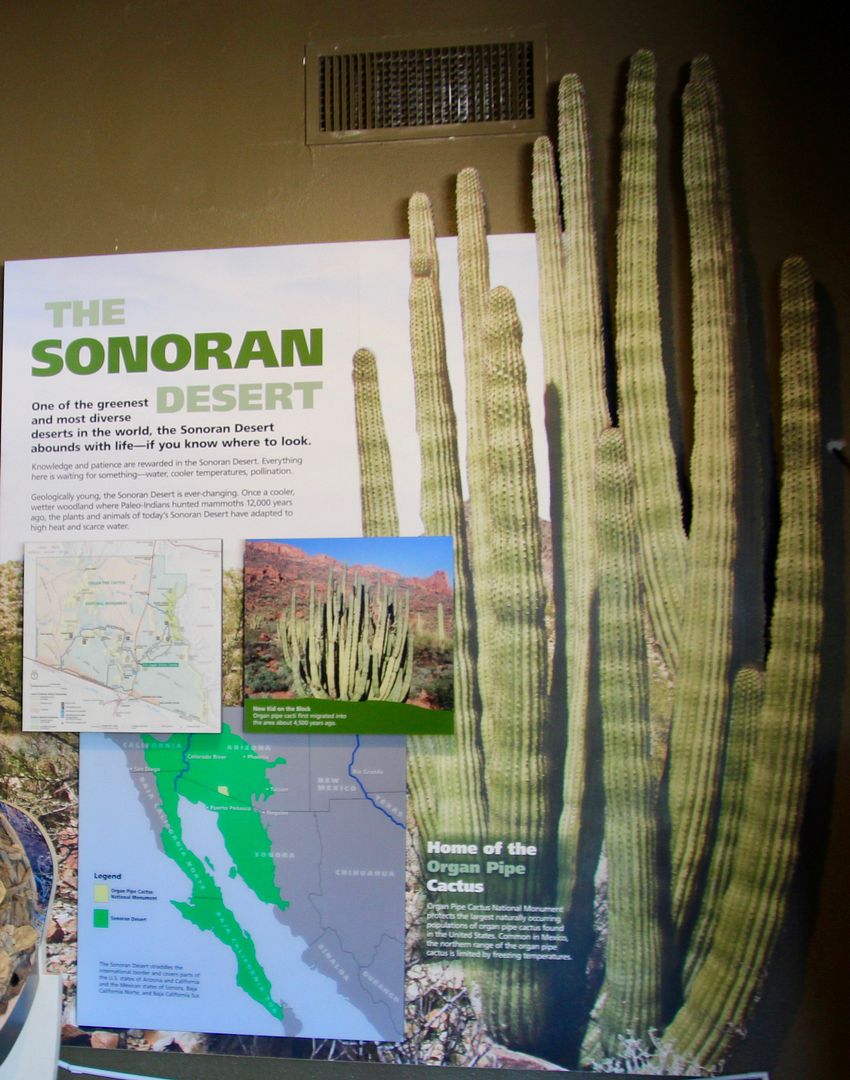
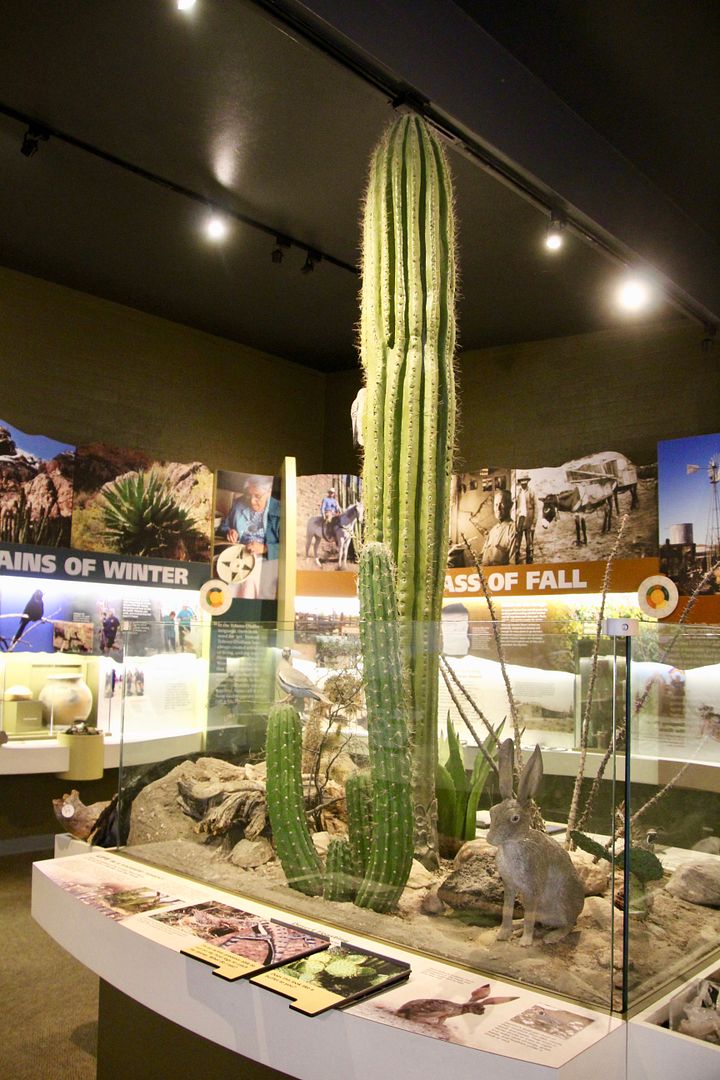


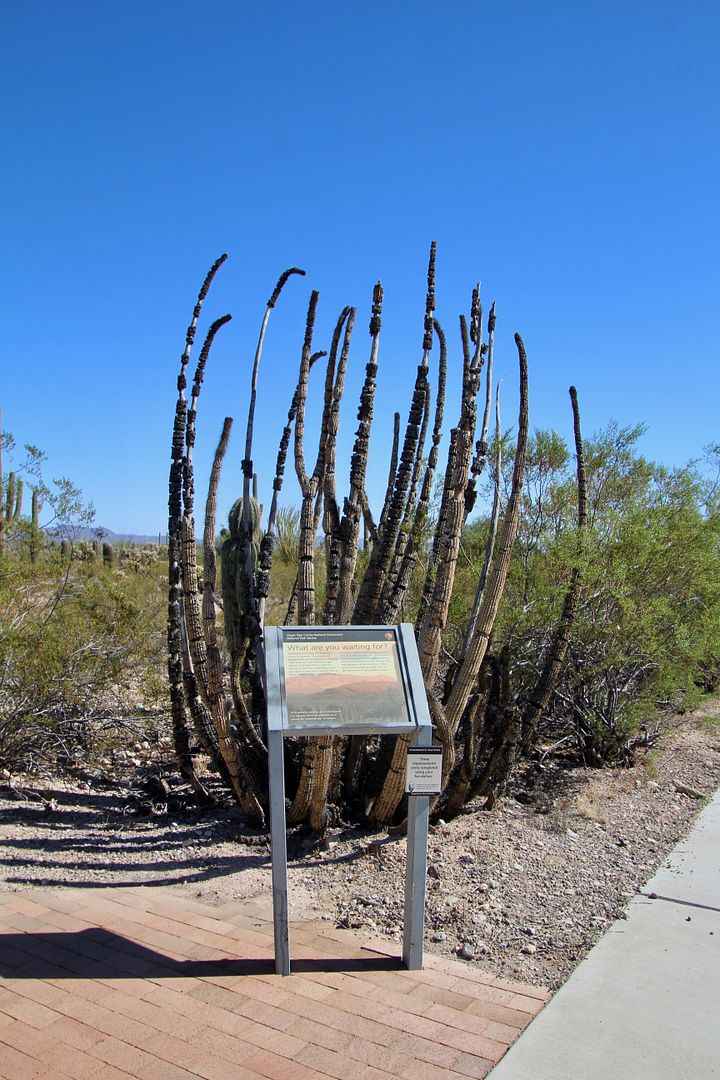
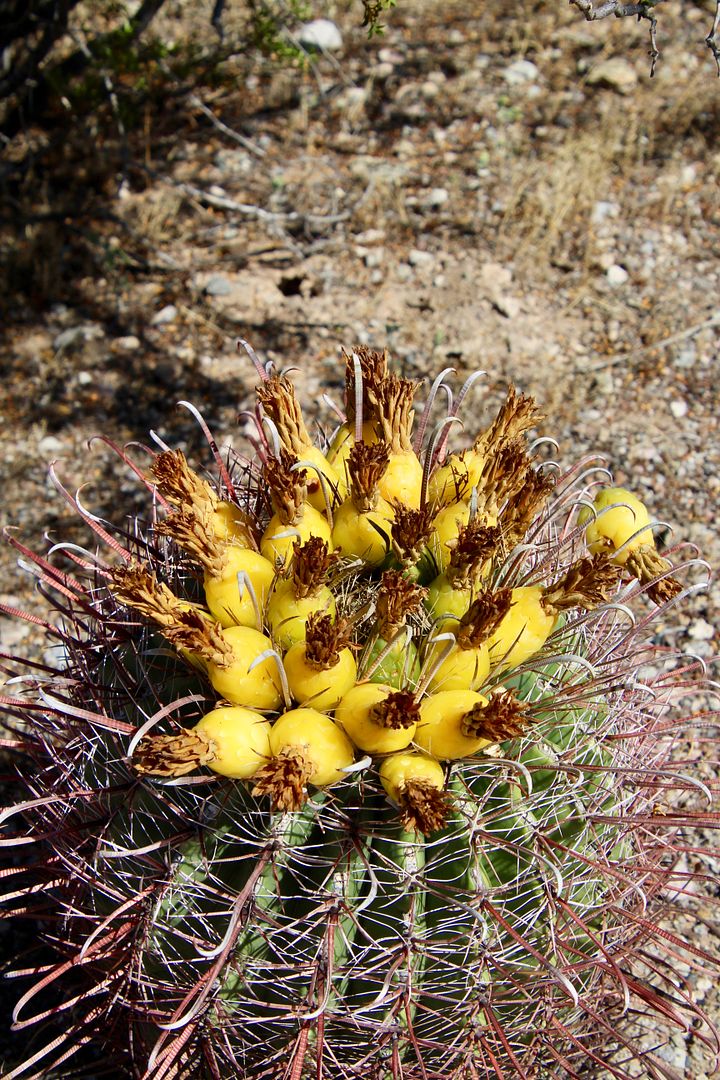
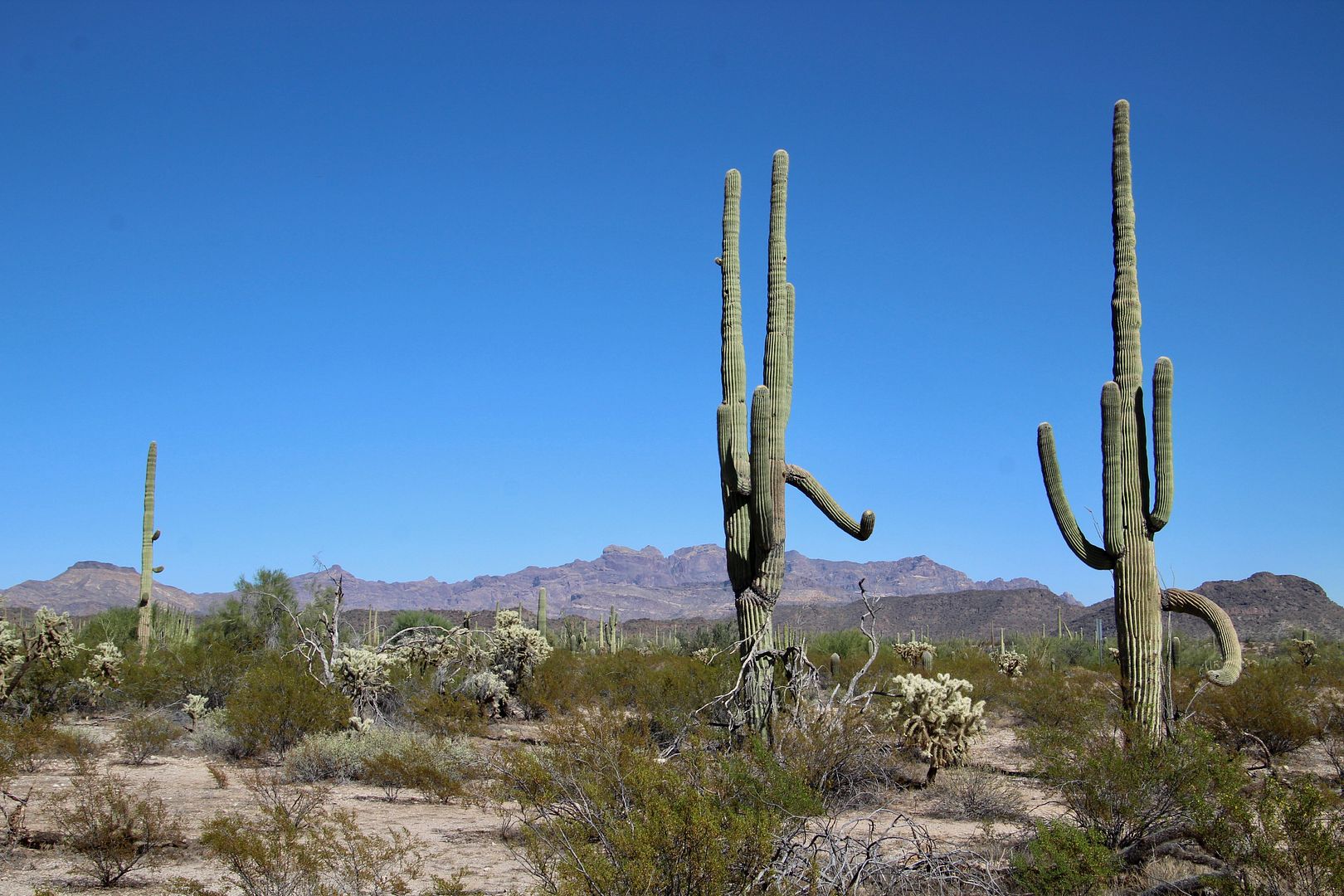

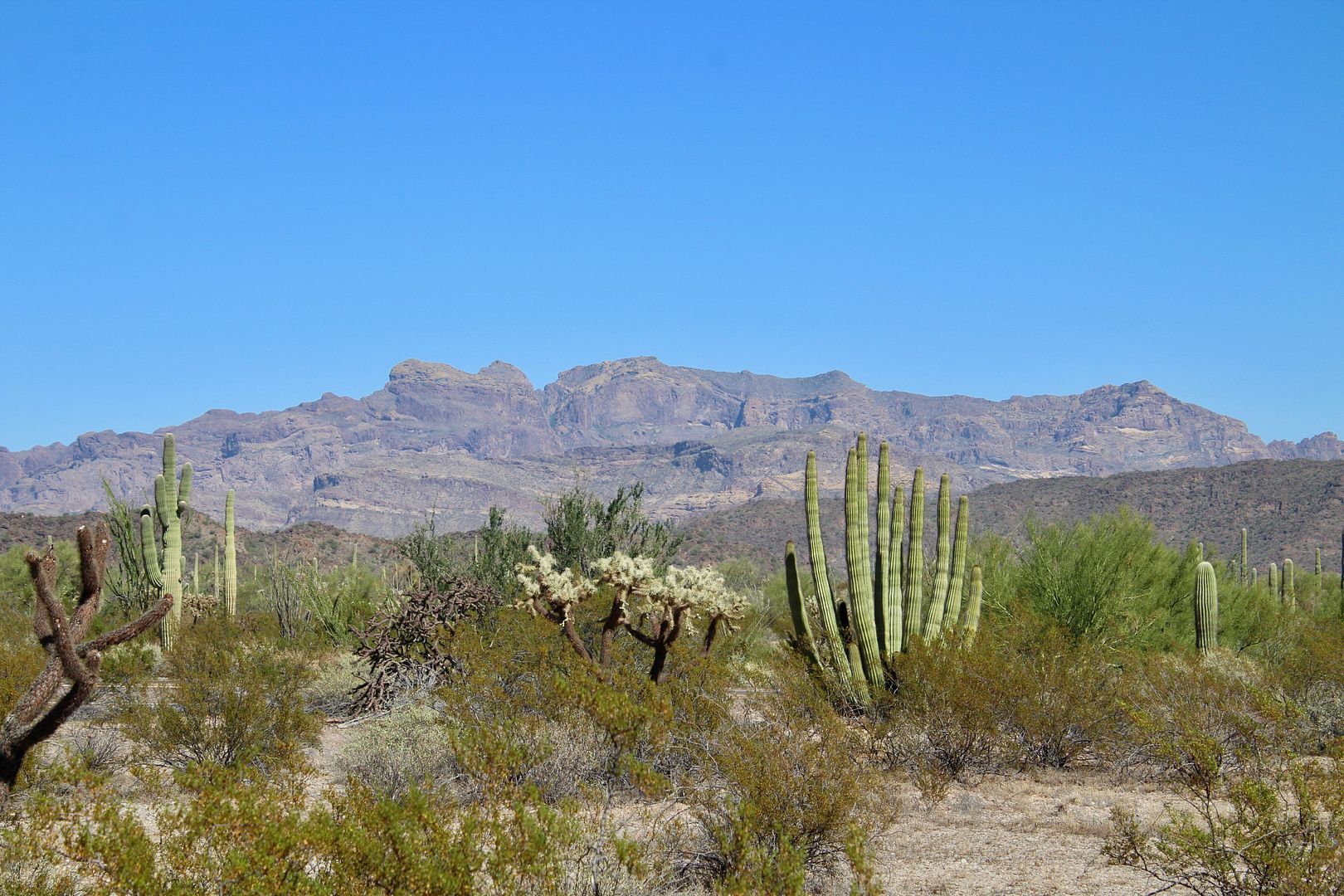

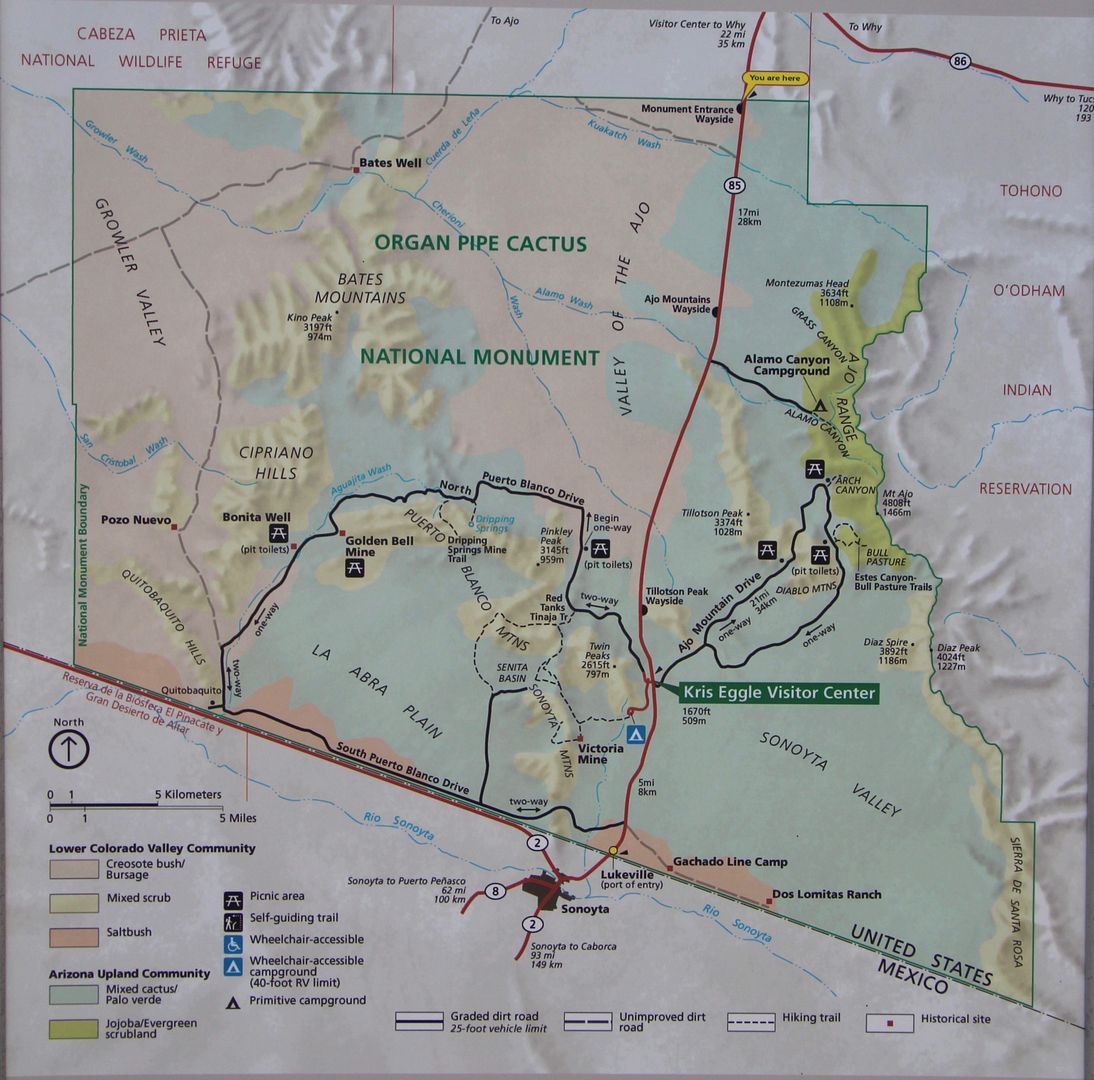

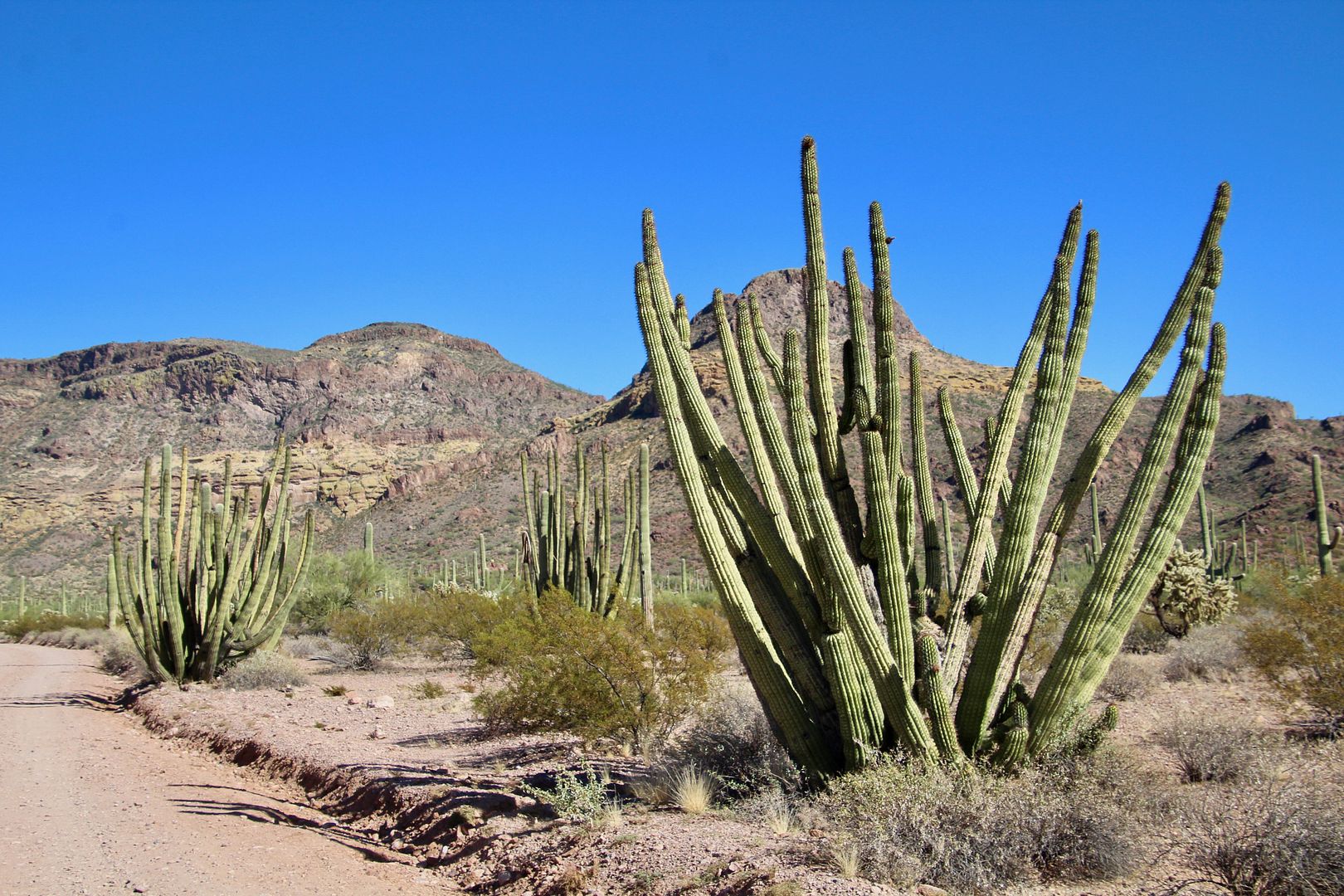

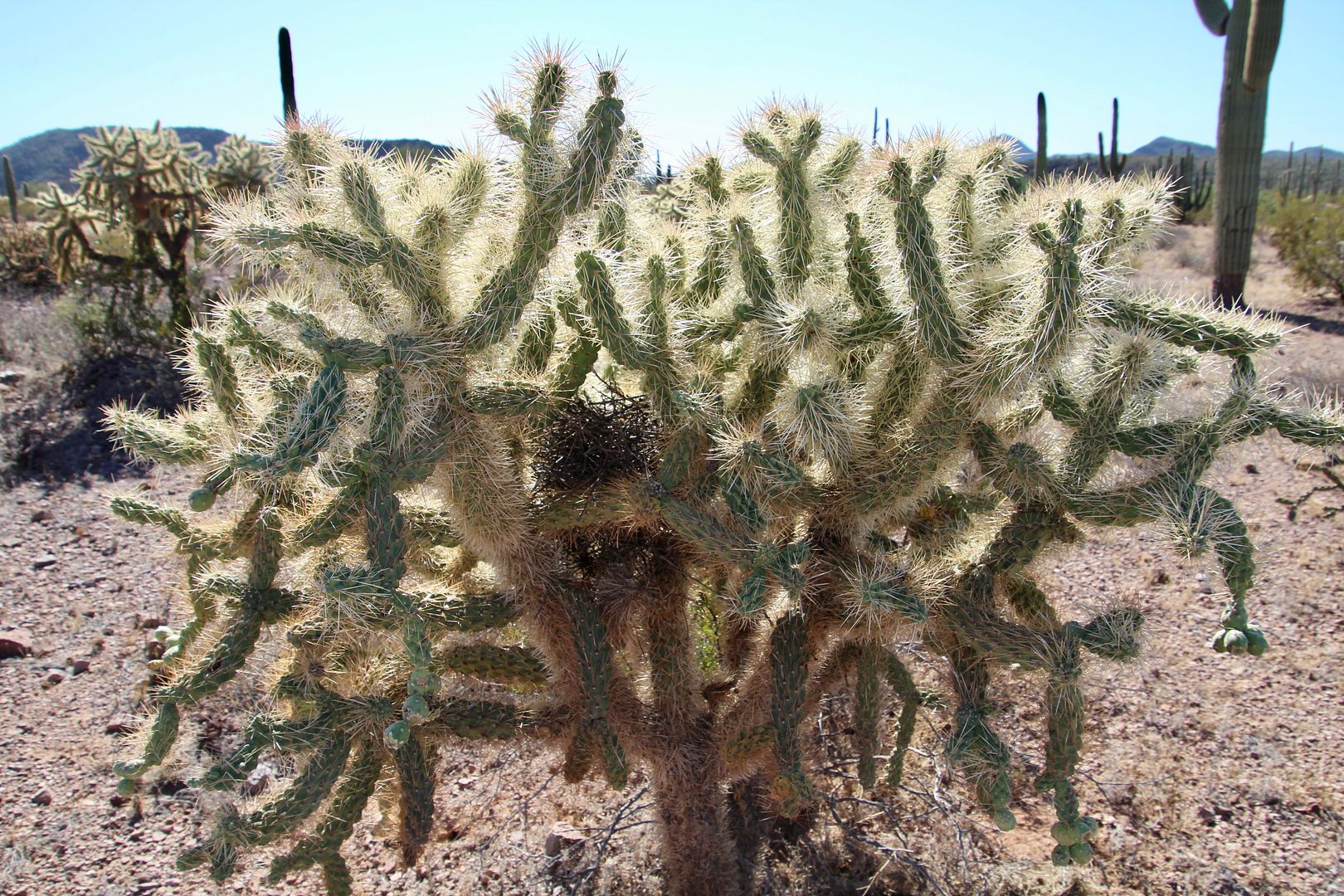
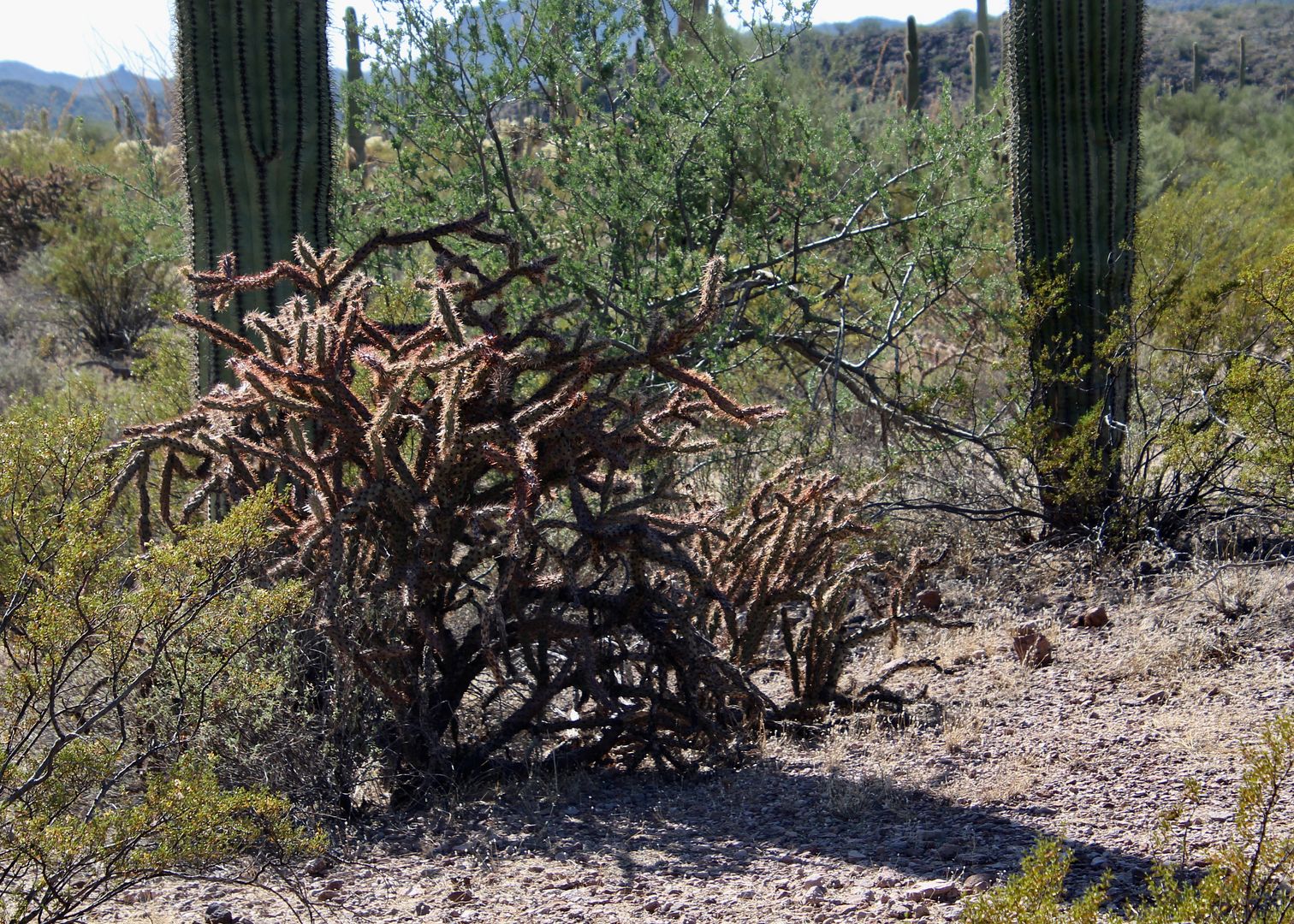

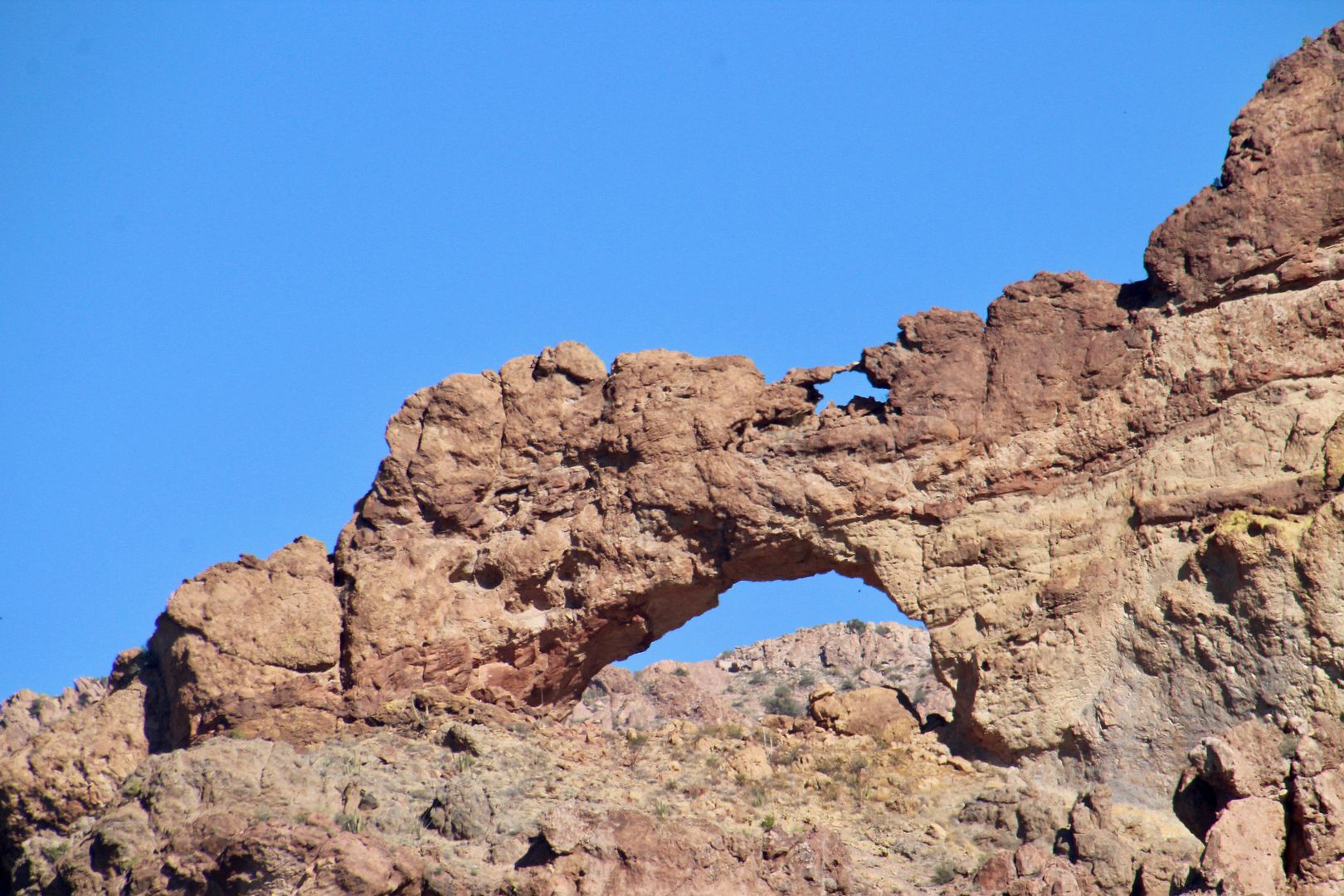



No comments:
Post a Comment